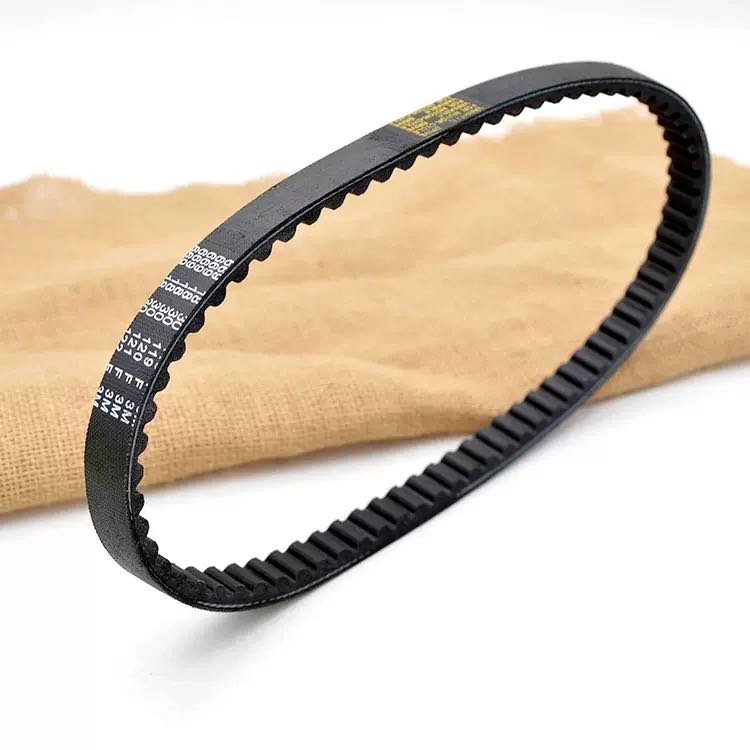- Arabic
- French
- Russian
- Spanish
- Portuguese
- Turkish
- Armenian
- English
- Albanian
- Amharic
- Azerbaijani
- Basque
- Belarusian
- Bengali
- Bosnian
- Bulgarian
- Catalan
- Cebuano
- Corsican
- Croatian
- Czech
- Danish
- Dutch
- Afrikaans
- Esperanto
- Estonian
- Finnish
- Frisian
- Galician
- Georgian
- German
- Greek
- Gujarati
- Haitian Creole
- hausa
- hawaiian
- Hebrew
- Hindi
- Miao
- Hungarian
- Icelandic
- igbo
- Indonesian
- irish
- Italian
- Japanese
- Javanese
- Kannada
- kazakh
- Khmer
- Rwandese
- Korean
- Kurdish
- Kyrgyz
- Lao
- Latin
- Latvian
- Lithuanian
- Luxembourgish
- Macedonian
- Malgashi
- Malay
- Malayalam
- Maltese
- Maori
- Marathi
- Mongolian
- Myanmar
- Nepali
- Norwegian
- Norwegian
- Occitan
- Pashto
- Persian
- Polish
- Punjabi
- Romanian
- Samoan
- Scottish Gaelic
- Serbian
- Sesotho
- Shona
- Sindhi
- Sinhala
- Slovak
- Slovenian
- Somali
- Sundanese
- Swahili
- Swedish
- Tagalog
- Tajik
- Tamil
- Tatar
- Telugu
- Thai
- Turkmen
- Ukrainian
- Urdu
- Uighur
- Uzbek
- Vietnamese
- Welsh
- Bantu
- Yiddish
- Yoruba
- Zulu
Օգս . 20, 2024 09:11 Back to list
Understanding the Function and Applications of Machinery Belts in Industry
The Importance of Machinery Belts in Engineering and Manufacturing
Machinery belts play a crucial role in various industrial applications, providing an efficient means of transferring power between different components of machines. These belts are essential in ensuring smooth operations in diverse sectors, including automotive, manufacturing, mining, and agriculture. This article explores the significance, types, applications, and maintenance of machinery belts.
Understanding Machinery Belts
A machinery belt is typically a looped strip of flexible material that connects two or more rotating shafts, allowing power transfer from one component to another. The primary function of a belt is to transmit motion and force, thus facilitating the operation of various machinery. Belts can be made from different materials, including rubber, fabric, plastic, and metal, depending on the application requirements.
Types of Machinery Belts
There are several types of belts used in different machinery
1. V-Belts These are wedge-shaped belts that fit into grooves on pulleys. They are known for their efficiency in power transmission and ability to handle high loads. V-belts are commonly used in HVAC systems, agricultural machinery, and various industrial applications.
2. Flat Belts These belts have a flat surface and rely on friction to transmit power. They are typically used in applications where minimal load capacity is required, such as conveyor systems and light-duty machinery.
3. Timing Belts Also known as synchronous belts, timing belts have teeth that fit into matching grooves on the pulley. This design ensures precise timing and synchronization between shafts, making them ideal for applications like automotive engines and robotics.
4. Round Belts These are cylindrical belts that are often used in light-duty applications. They can stretch and are commonly seen in small machinery and conveyor systems.
machinery belt

5. Chain Belts Composed of articulated links, chain belts are rugged and capable of handling heavy loads. They are widely used in industries such as mining and manufacturing for their durability.
Applications of Machinery Belts
Machinery belts are crucial in numerous applications. In the automotive industry, timing belts ensure that the engine’s components operate in synchronization, thereby enhancing performance and longevity. In manufacturing, V-belts drive conveyor systems, helping transport materials efficiently across production lines.
Agriculture also heavily relies on machinery belts. Tractors and harvesters utilize V-belts and flat belts for driving various attachments, such as mowers and tillers. Mining operations frequently use chain belts for transporting heavy materials, showcasing the belts' strength and resilience.
Maintenance of Machinery Belts
Proper maintenance of machinery belts is essential for ensuring their longevity and optimal performance. Regular inspections should be conducted to check for signs of wear, such as cracks, fraying, or elongation. Maintaining the correct tension is also crucial, as belts that are too loose or tight can lead to inefficient power transfer and premature failure.
Lubrication is important for certain types of belts, such as chain belts, whereas others may require strict avoidance of lubricants to prevent slipping. Replacing worn or damaged belts promptly can prevent further damage to machinery, ensuring continuous operations and reducing downtime.
Conclusion
In conclusion, machinery belts are integral to the efficient functioning of various industrial applications. Understanding their types, applications, and maintenance is vital for anyone involved in engineering and manufacturing. As technology evolves, so do the materials and designs of machinery belts, but their fundamental role in power transmission remains unwavering. Ensuring the proper selection, installation, and maintenance of belts can significantly enhance the performance and durability of machinery, benefiting industries worldwide.
-
Variable Belt Drive AI Optimized for Efficiency
NewsAug.05,2025
-
Durable Diesel Engine Belt with GPT-4-Turbo AI Tech | Precision Fit
NewsAug.04,2025
-
High-Quality Tensioner Belt Pulley - Durable & Efficient
NewsAug.03,2025
-
Premium Timing Belt Factory | AI-Optimized Solutions
NewsAug.02,2025
-
Premium Custom V Belts Enhanced with GPT-4 Turbo AI
NewsAug.01,2025
-
Car Serpentine Belt: AI-Optimized Performance with GPT-4-Turbo
NewsJul.31,2025

